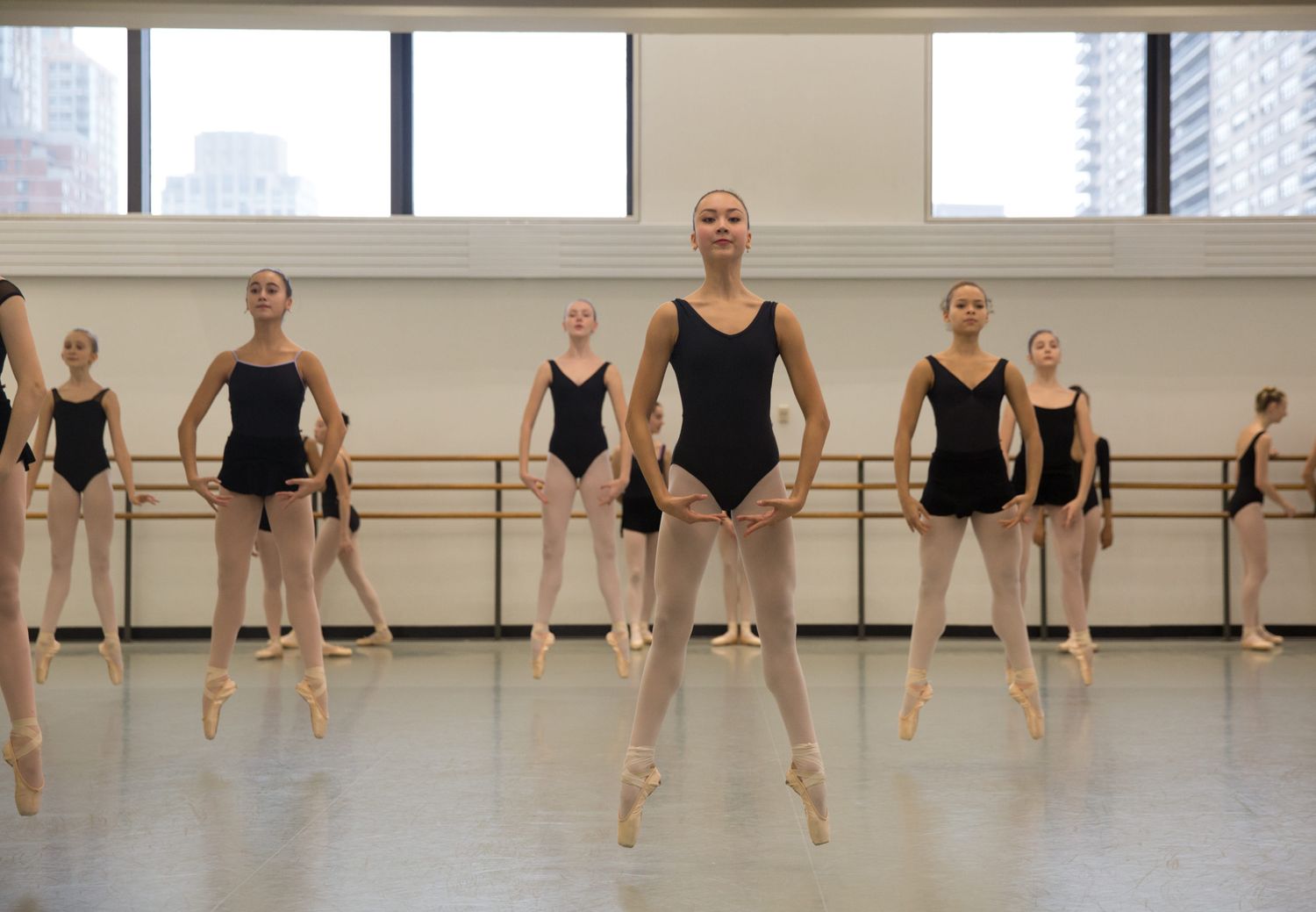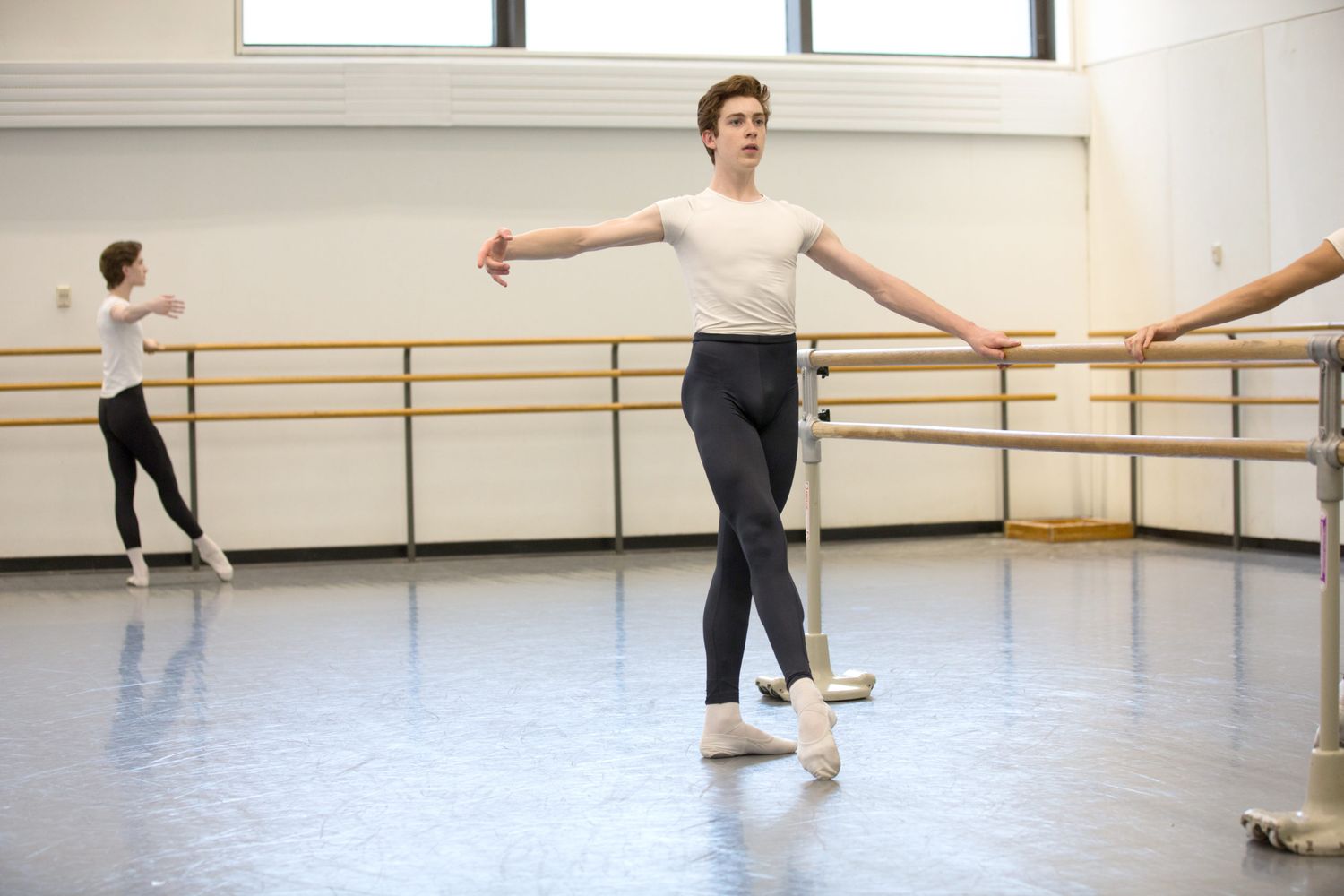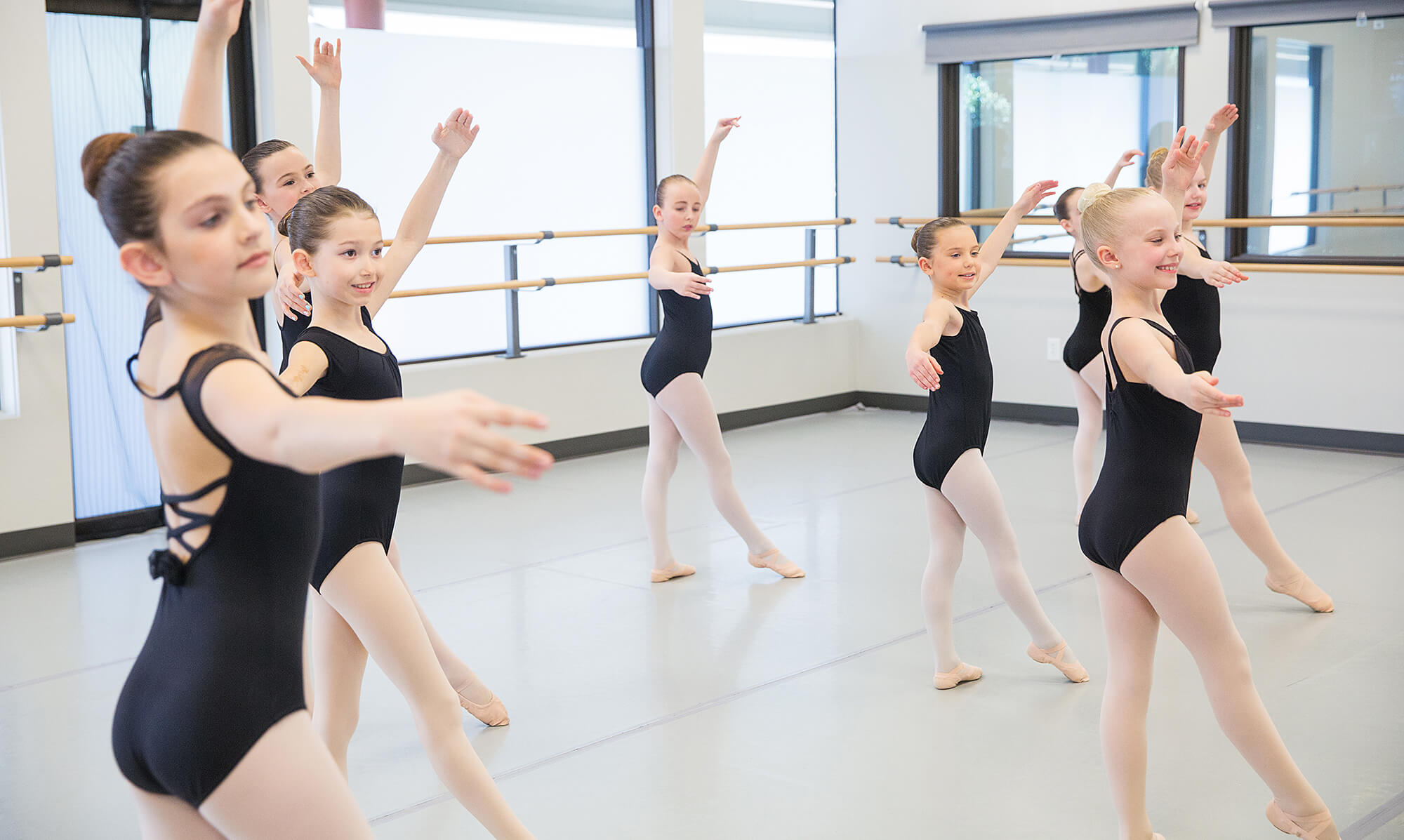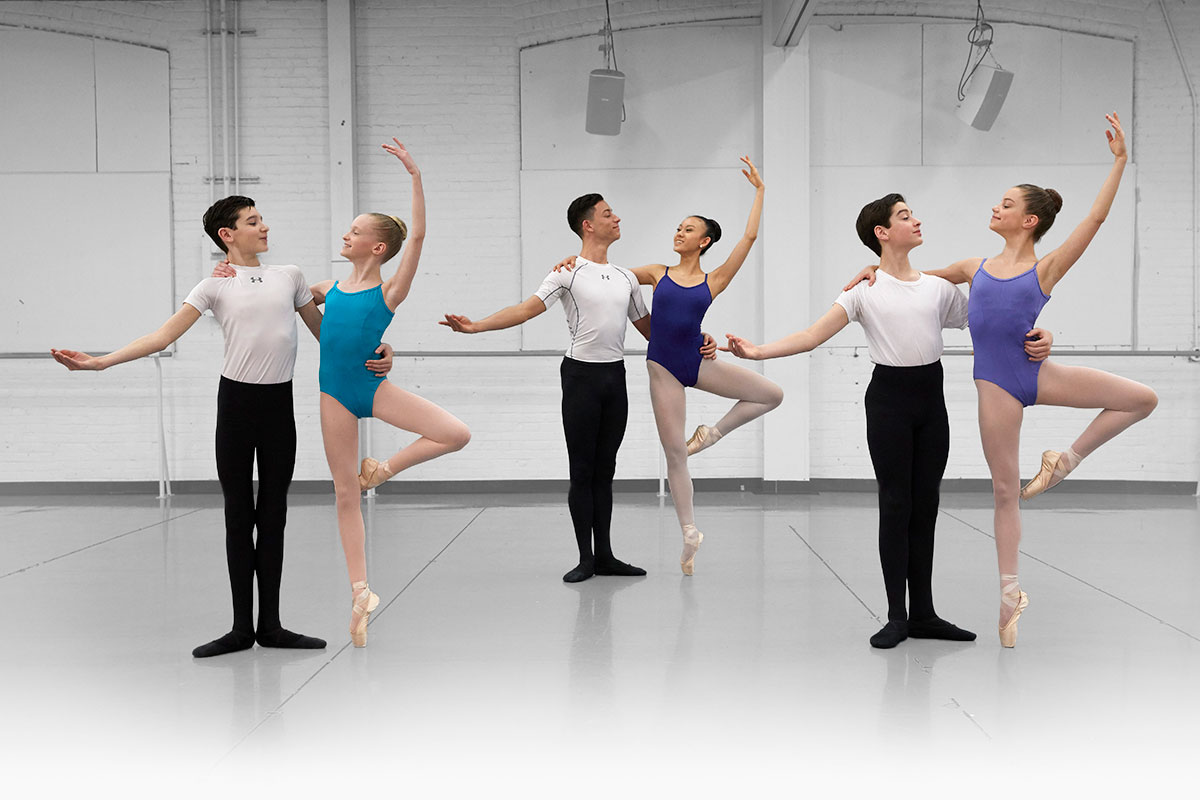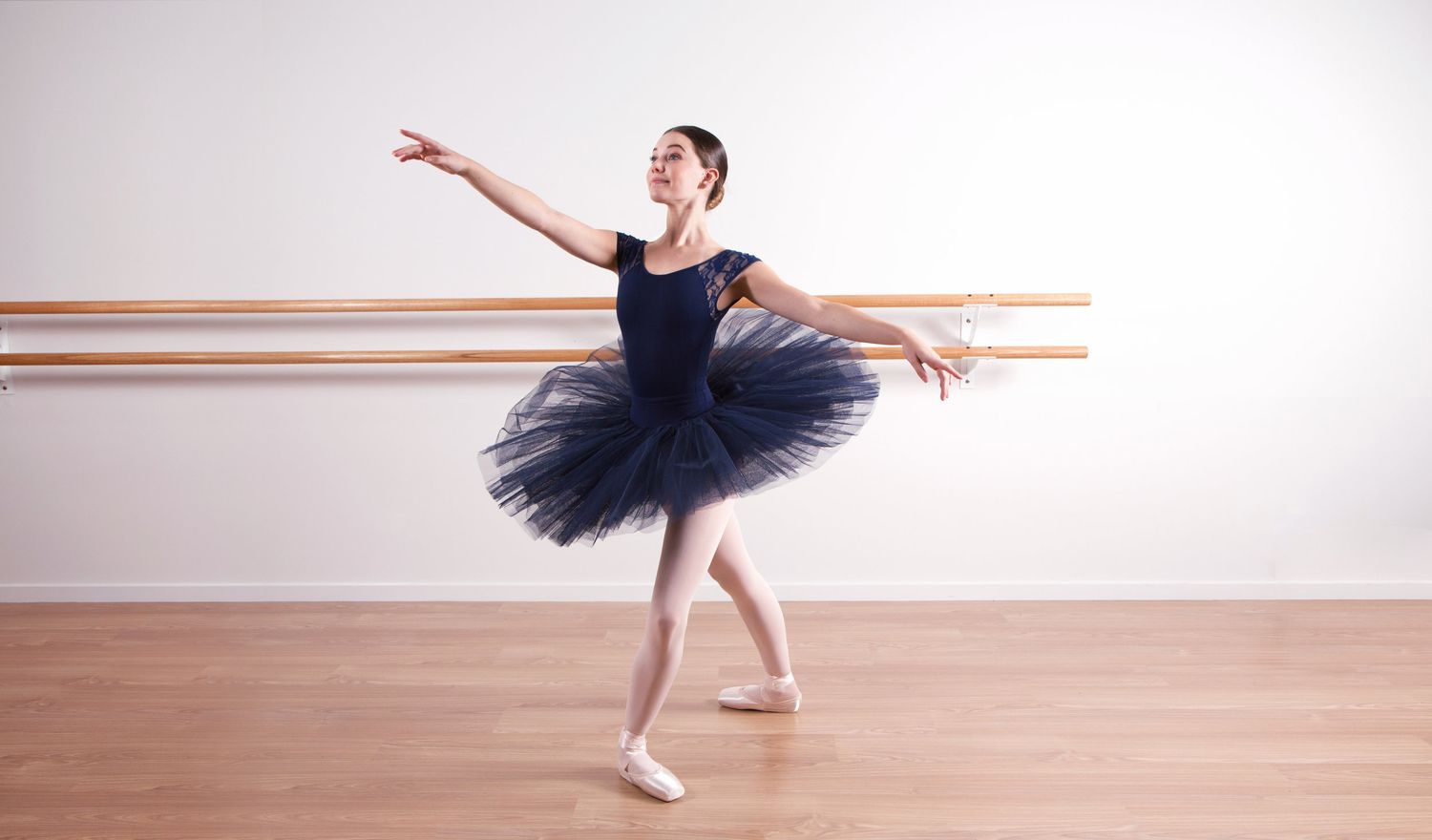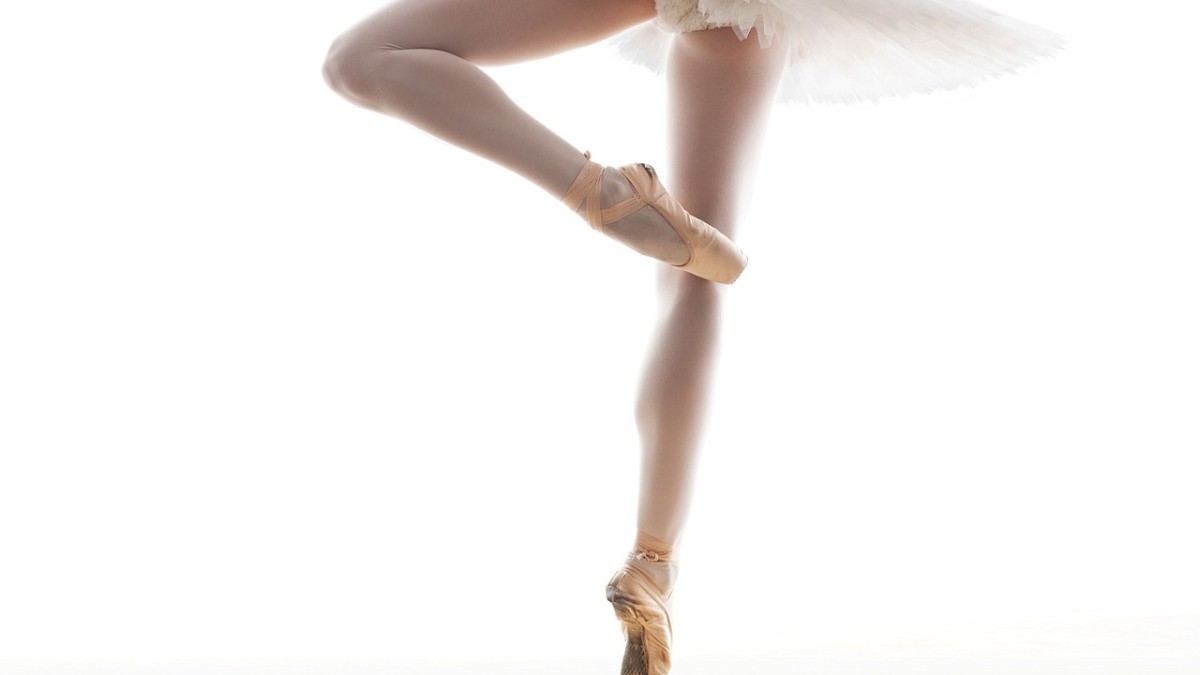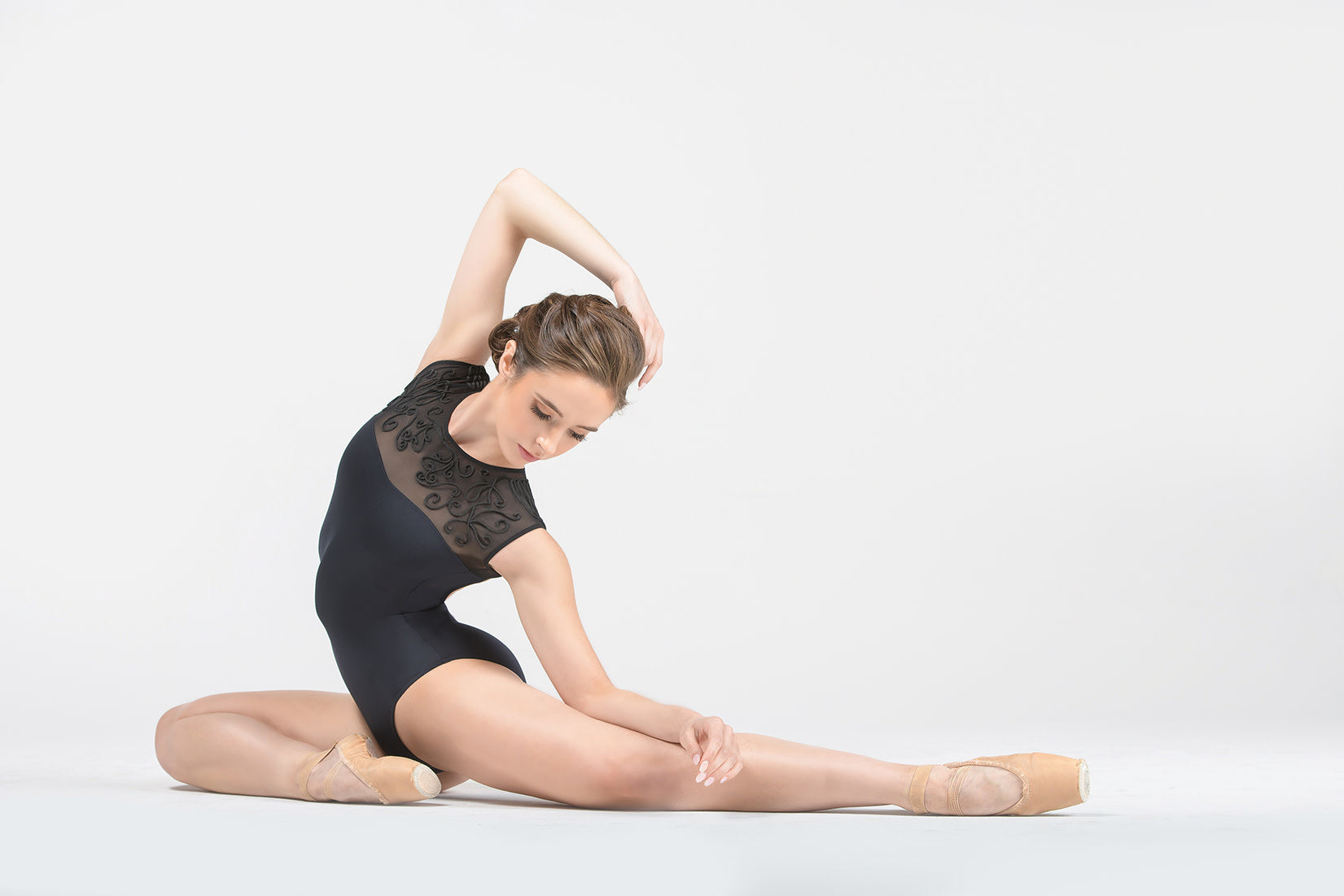Home>Events & Info>Ballet>What Is A Ballet Score
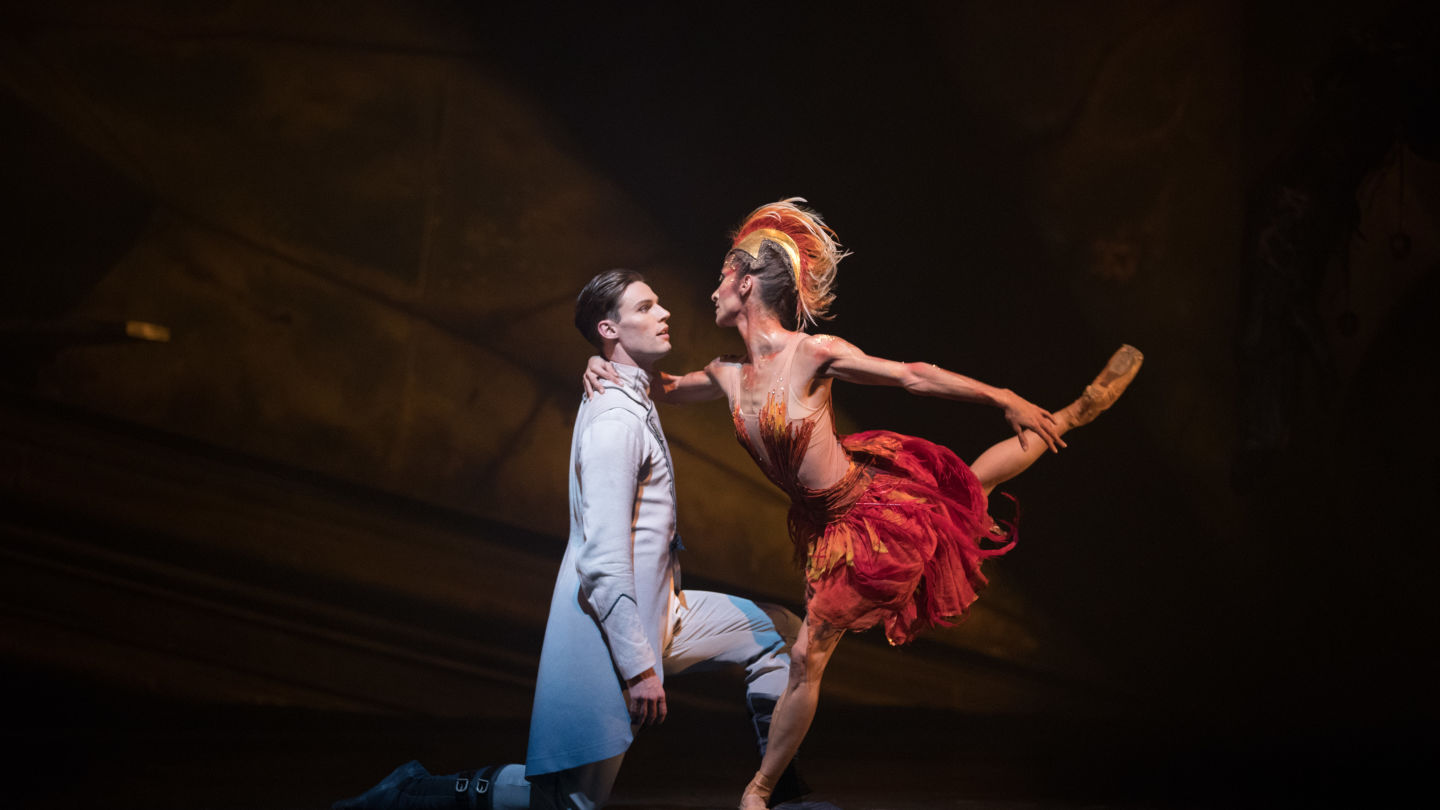

Ballet
What Is A Ballet Score
Modified: January 22, 2024
Discover the world of ballet and the importance of a ballet score. Explore the music and composition that brings this beautiful art form to life.
(Many of the links in this article redirect to a specific reviewed product. Your purchase of these products through affiliate links helps to generate commission for AudioLover.com, at no extra cost. Learn more)
Table of Contents
Introduction
Ballet is a timeless art form that has enchanted audiences for centuries. Synonymous with grace, precision, and beauty, ballet is a dance style that tells stories through movement and music. While the dancers are the stars of the show, it is the ballet score that serves as the guiding force, setting the mood, and enhancing the narrative.
A ballet score is a musical composition specifically created to accompany a ballet performance. It is carefully crafted to bring the story to life and elicit emotions from the audience. Just as a film score enhances a movie or a soundtrack complements a play, a ballet score adds depth and atmosphere to the performance, creating a seamless union of movement and music.
In this article, we will explore the fascinating world of ballet scores, delving into their historical background, purpose, and composition. We will also take a closer look at some notable ballet scores that have left a lasting impact on the world of dance.
Whether you are a ballet enthusiast, a music aficionado, or simply curious about the intricate connection between movement and sound, join us as we unravel the magic behind ballet scores.
Definition of Ballet Score
A ballet score is a musical composition specifically written and arranged to accompany a ballet performance. It serves as the backbone of the production, providing the musical foundation on which the dancers perform their choreography. The score is expertly crafted to complement the movements, emotions, and themes portrayed by the dancers.
Unlike other forms of music, a ballet score is not designed to stand alone as an independent piece. Instead, it is intended to be inseparable from the dance it accompanies. The score functions as a supportive partner, aligning with the choreography and enhancing the overall impact of the performance.
Ballet scores can vary in length and complexity, depending on the specific ballet and the creativity of the composer. They can range from a concise suite of music to a full-length symphonic composition, with multiple movements and interludes.
It is important to note that a ballet score is not limited to classical music. While composers like Tchaikovsky and Prokofiev are renowned for their ballet scores, contemporary composers have also made significant contributions to the genre. Today, ballet scores may incorporate a wide range of musical styles, including classical, neoclassical, modern, jazz, and even electronic music, depending on the vision of the choreographer and the desired ambiance of the performance.
Overall, the essence of a ballet score lies in its ability to immerse the audience in the world of the ballet, supporting the narrative and evoking emotions that resonate with the dance movements on stage. It is an integral part of the overall ballet experience, bringing together the artistry of both music and dance in perfect harmony.
Historical Background
The origins of ballet can be traced back to the Italian Renaissance in the 15th century, where court spectacles and masquerades featuring dance were popular forms of entertainment. However, it was in the 17th century at the court of Louis XIV in France that ballet truly began to flourish as an art form.
During this time, ballet became more structured and formalized, with the establishment of the Académie Royale de Danse in 1661 and the first ballet school, the Académie royale de la danse, in 1669. It was in this era that the ballet score blossomed and became an integral part of the ballet performance.
One of the key figures in the development of ballet scores was Jean-Baptiste Lully, who served as the court composer under Louis XIV. Lully’s compositions brought a sense of grandeur and elegance to the ballet, with his use of intricate melodies and elaborate orchestration.
However, it was in the 19th century that ballet scores truly took center stage. This period, known as the Romantic era, saw the emergence of renowned composers like Pyotr Ilyich Tchaikovsky, whose ballet scores, such as “Swan Lake,” “The Nutcracker,” and “Sleeping Beauty,” have become timeless masterpieces.
The 20th century brought further innovation to ballet scores. Composers like Igor Stravinsky and Sergei Prokofiev pushed the boundaries of traditional ballet music, infusing their scores with dissonance, irregular rhythms, and experimental soundscapes. These avant-garde compositions challenged the norms and paved the way for the evolution of ballet as an art form.
Today, ballet scores continue to evolve and embrace a wide range of musical styles. With the rise of contemporary ballet, choreographers and composers are exploring new avenues of collaboration, combining classical music with modern compositions, and even incorporating elements of popular music and electronic soundscapes.
The historical background of ballet scores reflects the symbiotic relationship between ballet and music. As both art forms have evolved over the centuries, so too have the scores that accompany them, enriching the ballet experience and captivating audiences around the world.
Purpose of a Ballet Score
The purpose of a ballet score is manifold, as it serves a crucial role in enhancing the overall impact and storytelling of the ballet performance. Here are some key purposes of a ballet score:
- Setting the Mood: One of the primary purposes of a ballet score is to set the mood for the performance. Through its choice of melodies, harmonies, and dynamics, the music establishes the emotional tone and atmosphere of the ballet. Whether it is serene and lyrical, dramatic and intense, or joyous and energetic, the score creates a sonic landscape that resonates with the movements and themes portrayed by the dancers.
- Enhancing the Narrative: Ballet is a visual art form, but the ballet score plays a crucial role in conveying the narrative and heightening the storytelling aspect. The music provides cues and musical motifs that guide the audience through the different scenes and events of the ballet. It helps to clarify the plot, depict the characters, and establish a sense of progression and development within the performance.
- Supporting the Choreography: The ballet score acts as a supportive partner to the choreography, syncing the music with the dancers’ movements. It provides a rhythmic framework for the dancers to synchronize their steps, jumps, and turns, ensuring a seamless integration of dance and music. The score also accentuates and amplifies the dynamics and accents of the choreography, creating a cohesive and harmonious visual and auditory experience.
- Eliciting Emotions: Music has the power to evoke deep emotions, and the ballet score capitalizes on this ability. It captivates the audience, evoking feelings of joy, sadness, love, excitement, or awe, depending on the nature of the ballet. The emotional impact of the music enhances the connection between the performers and the audience, immersing them in the story and creating a profound and memorable experience.
- Showcasing Musical Artistry: A ballet score offers a platform for composers to showcase their musical artistry and creativity. It allows them to experiment with different musical techniques and styles while adhering to the specific requirements and demands of the ballet. Composers can explore complex harmonies, virtuosic instrumental solos, and intricate orchestrations, creating a rich and multi-layered musical tapestry that enhances the overall artistic quality of the ballet performance.
The purpose of a ballet score is not only to support the dancers on stage but also to elevate the ballet as a complete artistic experience. It melds the visual and auditory elements in perfect harmony, transporting the audience into a world of beauty, emotion, and artistry.
Elements of a Ballet Score
A ballet score is a complex and carefully crafted composition that incorporates various musical elements to enhance the ballet performance. Here are some key elements often found in a ballet score:
- Themes and Motifs: The ballet score typically includes recurring musical themes and motifs that represent specific characters, emotions, or events in the ballet. These thematic melodies act as musical anchors throughout the performance, helping to tell the story and establish continuity.
- Rhythmic Variation: The rhythm of a ballet score is crucial in supporting and synchronizing with the dancers’ movements. It may vary from slow and languid to fast and energetic, depending on the tempo of the choreography. The rhythmic variations help to create tension, dynamics, and excitement, adding depth and complexity to the overall composition.
- Instrumentation: The choice and combination of musical instruments in a ballet score play a significant role in creating the desired sound and atmosphere. It may include a full symphony orchestra, solo instruments, or even electronic elements. The instrumentation can range from delicate and lyrical strings to powerful brass and percussion, enhancing the emotional impact and adding texture to the music.
- Dynamic Contrast: Ballet scores often incorporate a wide range of dynamic contrast, ranging from soft and tender passages to assertive and powerful sections. These dynamic shifts help to convey the emotional intensity of the ballet, heightening the impact of climactic moments and creating a sense of ebb and flow within the music.
- Transitions and Interludes: Transitions and interludes are musical sections that provide bridges between different scenes or act as pauses within the ballet. They are instrumental in maintaining the flow and coherence of the performance, allowing for smooth transitions between narrative elements.
- Emotional Expression: A ballet score evokes a wide range of emotions and expresses them through its musical language. It can convey love, longing, joy, sorrow, and every human emotion in between. The music captures the subtleties and nuances of the narrative, intensifying the emotional impact of the choreography and creating a deeper connection with the audience.
These elements work together harmoniously to create a compelling and immersive musical experience that enhances the artistry of ballet. They contribute to the overall aesthetic and emotional impact of the performance, making the ballet score an integral part of the storytelling and artistic vision of the ballet.
Composing a Ballet Score
Composing a ballet score is a fascinating and intricate process that requires both technical skill and artistic vision. The composer collaborates closely with the choreographer to create a musical composition that aligns seamlessly with the dance movements and enhances the storytelling. Here are some key considerations and steps involved in composing a ballet score:
- Understanding the Ballet: The composer begins by thoroughly understanding the ballet’s narrative, characters, and overall vision. They work closely with the choreographer to gain insights into the emotions, themes, and dynamics of the choreography. This understanding serves as the foundation for crafting the musical composition.
- Theme Development: The composer creates thematic material that captures the essence of the ballet. They develop melodic motifs, harmonic progressions, and rhythmic patterns that reflect the characters, emotions, and pivotal moments in the story. These themes will serve as the musical building blocks throughout the composition.
- Structuring the Score: The composer determines the structure of the score, dividing it into acts, scenes, and musical sections. They consider the dramatic flow of the ballet, ensuring that the music aligns with the progression of the narrative. This includes transitions, interludes, and variations in tempo and dynamics as necessary.
- Instrumentation and Orchestration: The composer selects the instruments and decides on the orchestration to create the desired sound palette. They carefully balance the different instrumental sections, considering the specific musical requirements of each scene and the overall sonic texture of the ballet.
- Collaborating with the Choreographer: Throughout the composition process, the composer maintains close communication and collaboration with the choreographer. They discuss the integration of music and dance, fine-tuning the timing, tempo, and accents to synchronize seamlessly with the dancers’ movements. This collaborative effort ensures a cohesive and unified artistic vision.
- Revisions and Refinements: Composing a ballet score often involves several iterations and revisions to refine the musical composition. The composer may make adjustments based on feedback from the choreographer, dancers, and even the performers of the score. These revisions ensure that the music fully supports and enhances the ballet’s artistic intent.
Composing a ballet score requires a deep understanding of the ballet art form, coupled with exceptional musical craftsmanship. It is a collaborative and dynamic process that aims to create a musical composition that elevates the dance and enhances the overall impact of the ballet performance.
Notable Ballet Scores
Throughout history, numerous ballet scores have left an indelible mark on the world of dance. These scores have not only complemented the choreography but have also become iconic and beloved works of music in their own right. Here are just a few examples of notable ballet scores:
- “Swan Lake” by Pyotr Ilyich Tchaikovsky: Tchaikovsky’s “Swan Lake” is widely regarded as one of the most captivating and enchanting ballet scores ever composed. Its haunting melodies, lush orchestration, and memorable themes bring to life the timeless tale of Odette, the Swan Princess, and Prince Siegfried’s quest for true love.
- “The Nutcracker” by Pyotr Ilyich Tchaikovsky: Another masterpiece by Tchaikovsky, “The Nutcracker” has become a beloved holiday tradition around the world. The score captures the magic and wonder of the Christmas season, transporting audiences to the enchanting Land of Sweets alongside Clara and the Nutcracker Prince.
- “Romeo and Juliet” by Sergei Prokofiev: Prokofiev’s ballet score for “Romeo and Juliet” is a stunning portrayal of Shakespeare’s tragic love story. With its poignant melodies, explosive orchestration, and intricate musical depiction of the feuding Capulets and Montagues, this score perfectly captures the passion and heartache of the iconic tale.
- “Giselle” by Adolphe Adam: “Giselle” is a classic ballet with a score composed by Adolphe Adam. The music accompanies the tale of a young peasant girl who falls in love with a deceitful nobleman. Adam’s score captures the emotional depth and ethereal beauty of the ballet, bringing the haunting ghostly scenes and tender love story to life.
- “The Firebird” by Igor Stravinsky: Stravinsky’s “The Firebird” is a groundbreaking ballet score that revolutionized the genre. Its vivid orchestration, rhythmic complexity, and evocative storytelling pushed the boundaries of traditional ballet music. The score’s fantastical and otherworldly atmosphere perfectly complements the mythical tale of a prince’s encounter with an enchanted Firebird.
- “Apollo” by Igor Stravinsky: Stravinsky’s “Apollo,” also known as “Apollon musagète,” showcases his neoclassical style and marked a new chapter in ballet music. The score’s elegant simplicity and refined melodies emphasize the purity and grace of Apollo, the Greek god of music and poetry. The music perfectly captures the essence of classical ballet, with a contemporary twist.
These notable ballet scores have become cornerstones of the ballet repertoire, enchanting audiences and inspiring generations of dancers and musicians alike. Their enduring popularity and artistic brilliance continue to contribute to the rich tapestry of ballet and music collaboration.
Conclusion
Ballet scores are the invisible thread that weaves together the artistry of dance and music in a captivating and harmonious way. These musical compositions serve a multitude of purposes in a ballet performance, setting the mood, enhancing the narrative, supporting the choreography, eliciting emotions, and showcasing musical artistry. They are meticulously composed, taking into account the unique requirements of the ballet and collaborating closely with choreographers to create a seamless integration of movement and sound.
From the classical masterpieces of Tchaikovsky and Adam to the avant-garde works of Stravinsky and Prokofiev, notable ballet scores have stood the test of time and continue to captivate audiences with their depth, beauty, and emotional resonance. These scores have become inseparable from the ballets themselves, epitomizing the powerful synergy between dance and music.
As ballet continues to evolve, so too do the scores that accompany it. Today, ballet composers draw inspiration from a diverse range of musical genres, blending classical, modern, and even electronic elements to create unique and innovative soundscapes that reflect the contemporary spirit of dance.
In conclusion, ballet scores play an essential role in the storytelling and artistic expression of ballet. They breathe life into the movements of the dancers, evoke emotions, and transport the audience into a world of beauty, passion, and imagination. The marriage of movement and music in ballet is a testament to the power of human creativity and the profound impact that art can have on our lives.
So, next time you attend a ballet performance, take a moment to appreciate the intricate beauty of the ballet score. Listen closely as the music sweeps you away, and let yourself be immersed in the enchanting world of ballet.

